The writer found the missing letters: the tragic fate of Eliel Saarinen’s ex-wife revealed
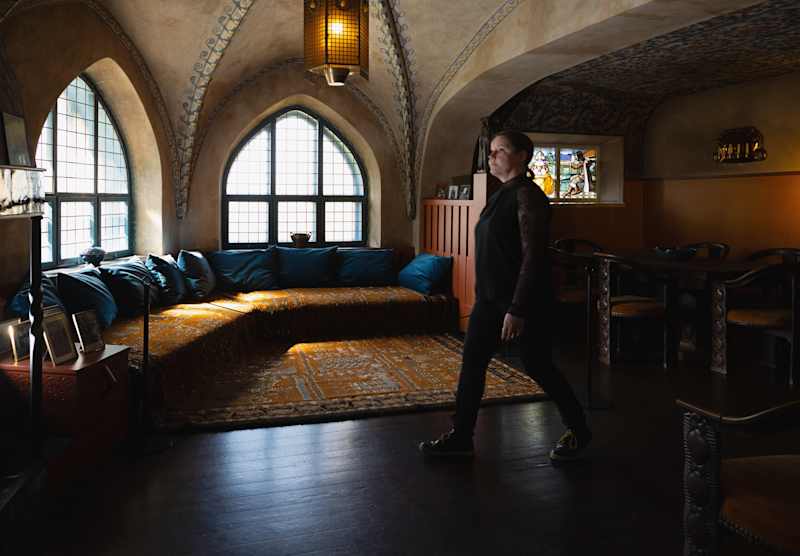
Author Milla Ollikainen did some detective work and found out a lot of new information about Eliel Saarinen’s first wife Mathilda.
– It was lucky that I found Mathilda, because the ghost story didn’t seem very exciting, Ollikainen says in Hvitträsk’s studio.
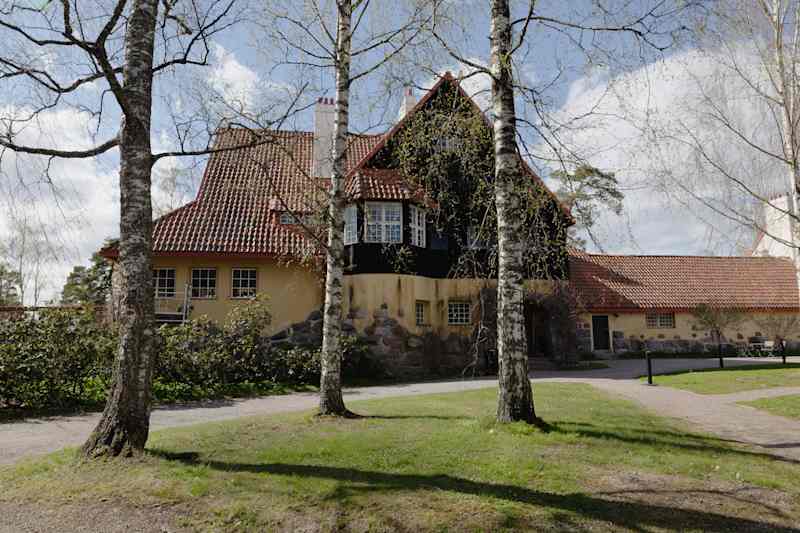
Now Ollikainen has written a novel about Mathilda. It is what is known as biofiction, i.e. a novel based on biographical facts.
Ollikainen was given a very free hand in her writing, as very little information about Mathilda Saarinen (née Gyldén) has been passed down to posterity. Only a few documents and photographs.
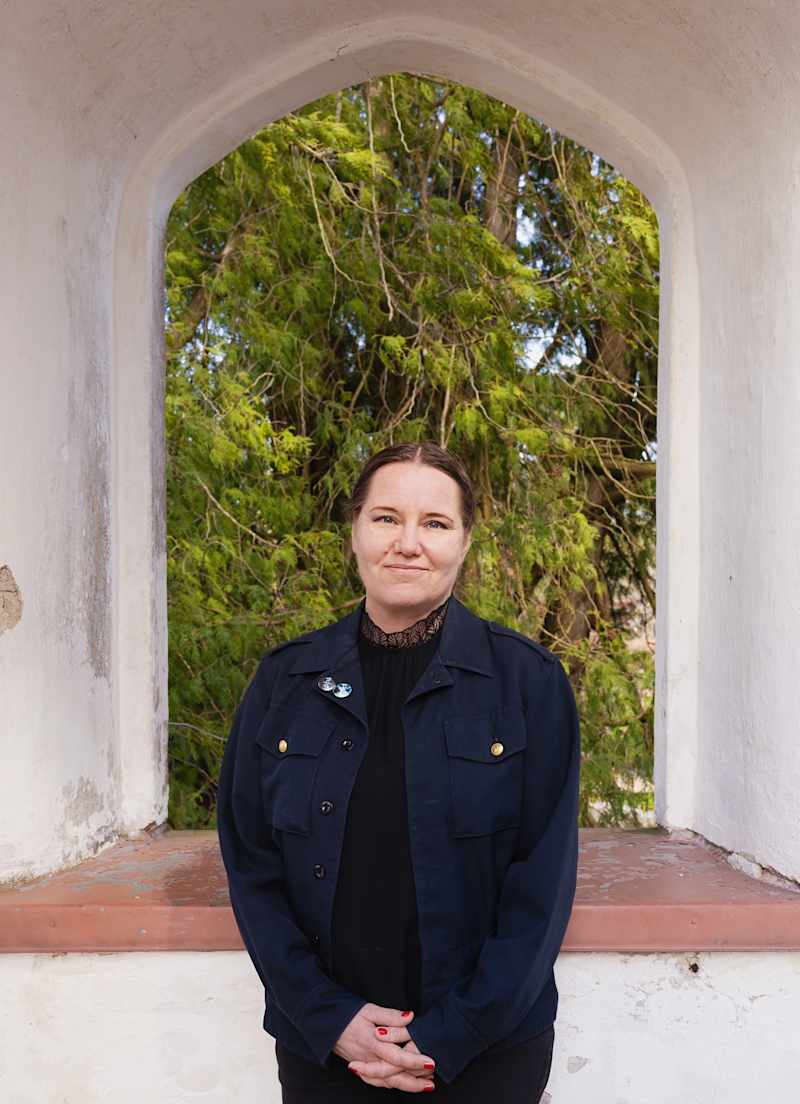
It is known that Mathilda married Eliel Saarinen in his hometown of Vyborg in 1899.
Many crumbs are based on stories reported from generation to generation. It is said that Mathilda got miscarriage and was a heavy blow to the couple. The union later ended.
However, the roads of Mathilda and Eliel did not completely separate.
The quartet lived under one roof in Hvitträsk for years.
At first, the coexistence went well.
– They were young and idealistic. They must have thought they could live above the little ones. Even if it would still be quite strange if my ex and nyx were living under one roof.
Eliel Saarinen’s mother is also said to have opposed a special residence arrangement.
Hvitträsk tells the story of how the relationship between Mathilda and Loja later cooled down, and they walked to a nearby train station in different horse carriages.
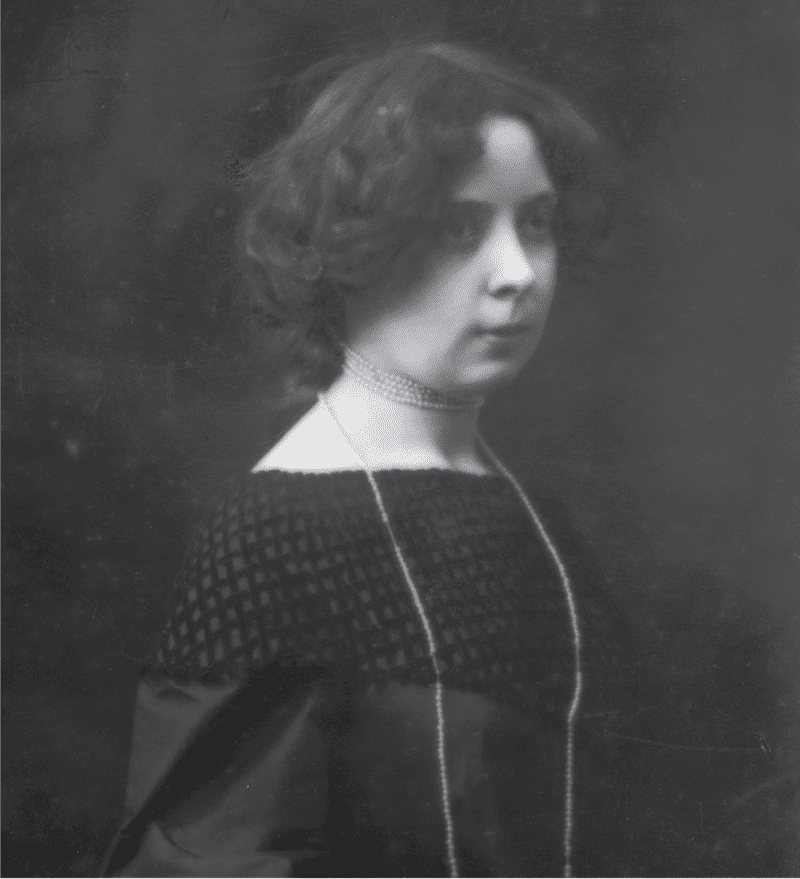
Herman Gesellius died of lung disease at the age of 42. After the death of his spouse, Mathilda moved to France and hardly anything was known about his movements.
Until Milla Ollikainen found the lost letters.
The detective work paid off
Milla Ollikainen had heard that the descendants of Mathilda’s brother might have the family’s letters and papers. Ollikainen decided to take action and played the Gyldéns living in Finland.
I finally got up. Mathilda’s brother’s grandson said on the phone that there was an old box in the garage that might have letters.
– I had no faith in my ears when I heard this. There were exactly the letters I had missed in the beautiful wooden box. They gave confirmation to Mathilda’s cause of death, which was by no means a lung disease, as officially stated.
The letters revealed that Mathilda had committed suicide in southwestern France in Bayonno. The letters give the impression that Mathilda had been rescued from the border of death several times. Mathilda, who was described as nerve -hockey, apparently carried poison and revolver.
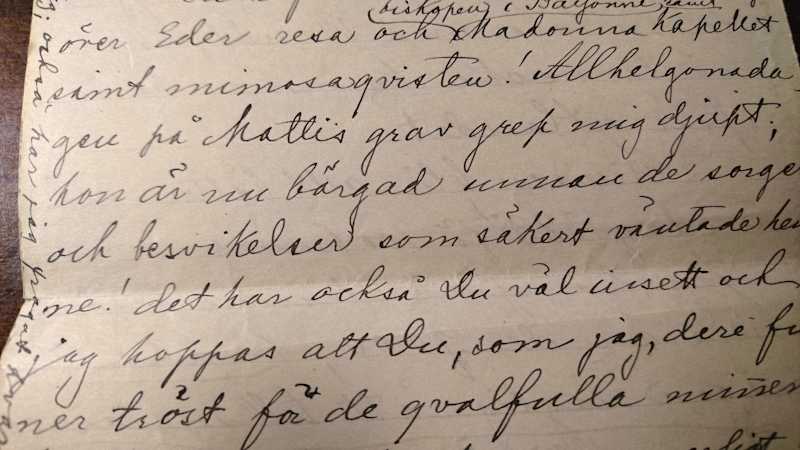
The correspondence between Mathilda’s mother and sister also reveals that her mother hardly appreciated Mathilda. Among other things, he describes this life as \”free of charge and banal.\”
According to letters and contemporary statements, Mathilda was beautiful, but hardly anything else.
Writing felt arrogant
When writing * Mathilda * (WSOY) Milla Ollikainen struggled with ethical questions. Because nothing is known about Mathilda’s personality and emotional life, Ollikainen much thought about justification for his writing.
– Sometimes I thought writing was just too brazen. What if Mathilda had wanted to go forgetting? What if he was a completely different person than what I wrote about him?
Soon, however, writing began to go smoothly.
– Based on little facts, I found Mathilda’s voice. Of course, emotions and thoughts are completely invented by me, Ollikainen explains.
According to Ollikainen, writing a literary work was challenging but rewarding. When writing a décor, you have to keep in mind the storyline and think about the reader. * When writing* Mathilda*, Ollikainen felt great freedom of writing.
Mathilda died alone
Although it is a fictional book, the facts must be correct. Ollikainen visited Hvitträsk ten times because of the book. Even in the finishing phase, he had to return to check which direction he saw from certain windows.
Ollikainen also visited Bayonnen in France to write the figures on Mathilda’s last days.
– Mathilda has probably felt great loneliness and externality in France.
